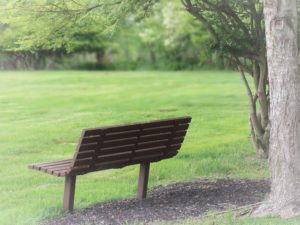Recently, I wrote about the most difficult part of getting organised. Today, I’ll look at the first step to take when actually beginning the process.
What do you care most about? This is your bottom line, and what you are willing to trade other things for. You have to decide this ahead of time, because it will enable you to make decisions when you just want to quit.
Do you want to be free of stuff you don’t use regularly? (Trade off: you might need to buy it again in the future.)
Do you want to organise all the things you have so you can keep and find them easily? (Trade off: you have to store them and be disciplined about keeping them in order.)
Do you want to never have to buy something again that you once owned? (Trade off: you have to store them and be disciplined about keeping them in order, and be content to use something that may be “out of date.”)
See how establishing what you care most about enables you step out of decision paralysis?
Let’s say that as I go through my kitchen to get organised, I discover that I have a set of muffin tins which I have used in the past, but which I rarely use now.
If my goal is to be free of extra things, I get rid of the muffin tins, accepting that if in 6 months I am asked to make muffins for a charity bake sale, I will either have to buy a new set, purchase disposable, or borrow some from a friend. (Or, I could offer to make a bundt cake instead.)
If my goal is to be organised with what I have, then I find a particular place for the muffin tin which fits in with the rest of my things, and I accept that I will always put things in the same place, and not purchase anything new that wouldn’t fit into that space.
If my goal is never to buy anything twice, I do all of the above, (find a particular place for the muffin tin which fits in with the rest of my things, and I accept that I will always put things in the same place, and not purchase anything new that wouldn’t fit into that space), plus accept that I won’t buy a newer version of the muffin tins (holiday shapes, made of different material, etc.) in the future.
You might have different bottom lines for different categories – for instance, I’m happy to accept that some of our storage is dedicated to my papers: as long as I can find what I need them fairly easily and quickly. When it comes to clothing, however, I am willing to buy something again in the future if I need it.
Once you have established your bottom line and accepted the trade-offs, make it your organisational “mantra.” Repeat it often to yourself. Write it on a piece of paper that will be visible during the whole of your organising sessions. Share it with your organising partner and make them say it back to you if you are ever caught in decision paralysis.
What’s your bottom line?






